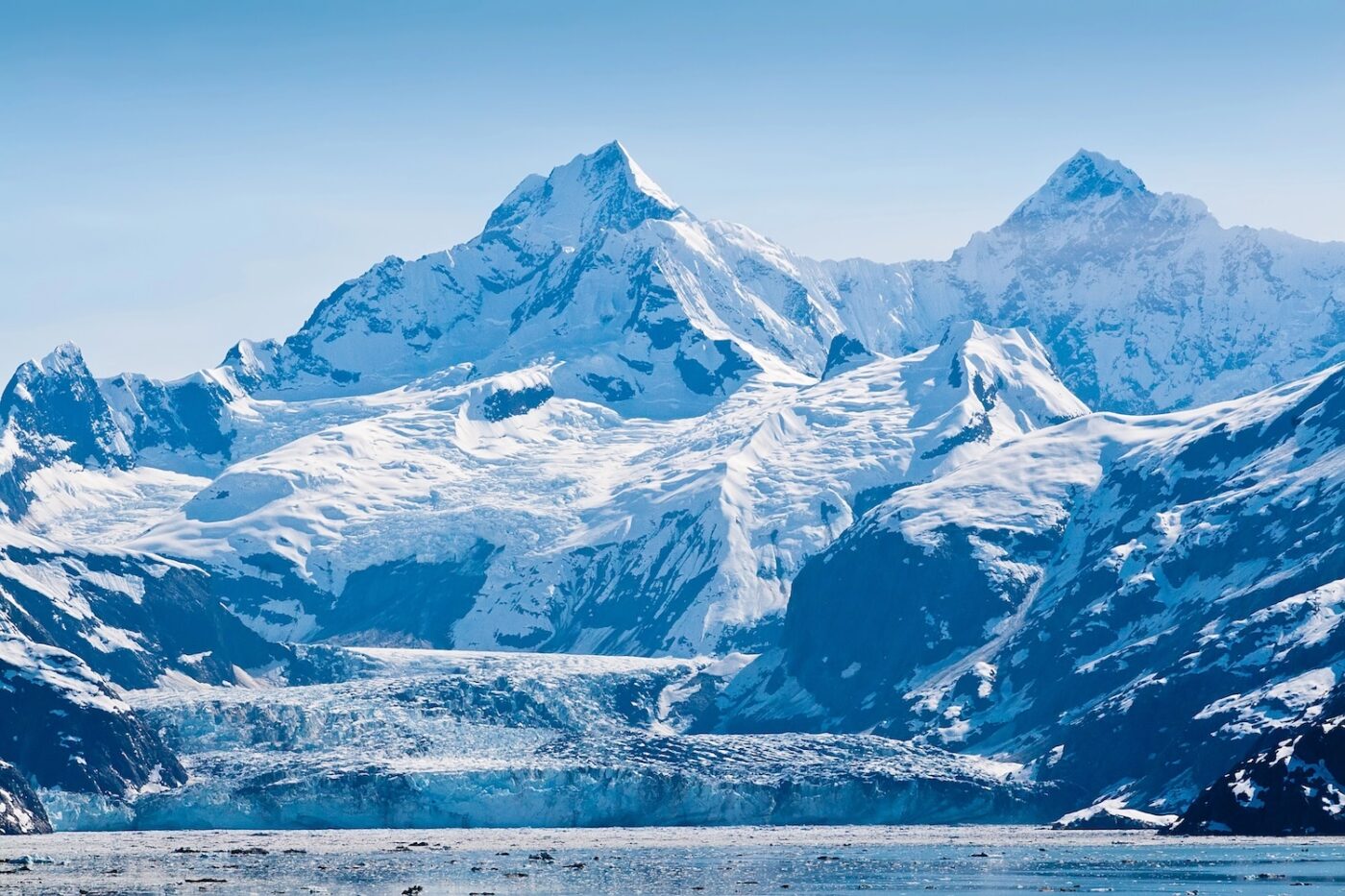Alaska’s winters arrive with a severity that is both majestic and merciless. When the mercury plunges far beneath zero and the snow accumulates in ever-growing drifts, secure shelter becomes not merely a comfort but a necessity of survival. Yet paradoxically, it is in these months of prolonged darkness that many Alaskans find themselves grappling with precarious housing. Some confront the abrupt dislocation of eviction, while others endure conditions that devolve into outright uninhabitability as furnaces sputter out, pipes congeal and rupture, or roofs groan under the oppressive weight of snow.
Evictions in any season are destabilizing, but when they unfold amid an Alaskan January, their consequences can be calamitous. A notice served in mid-winter rarely translates into a straightforward relocation. Instead, it becomes a race against scarcity, as housing stock is limited and communities spread thin across the landscape. Even the logistics of moving are fraught with hazard: driveways entombed in ice, highways glazed with permafrost, and moving services reluctant to operate in the teeth of blizzards all conspire to turn an already stressful transition into an ordeal.
For those not displaced but ensnared in unsafe dwellings, the perils are equally dire. A furnace’s collapse can render an interior uninhabitable within hours. Frozen pipes, once they burst, release not only a torrent of water but also cascading damage that seeps into walls and flooring. Roofs, laden with snowpack, may leak or succumb altogether, while tightly sealed homes without adequate ventilation invite mold to flourish in corners and crawlspaces, compromising both the integrity of the dwelling and the health of its occupants. These are not trifling inconveniences; they are existential threats in a climate where exposure can be lethal.
Across Alaska, institutions and community networks endeavor to mitigate these crises. Housing authorities, shelters, and emergency lodgings exist in varying degrees depending on geography, offering reprieve when circumstances become untenable. Heating assistance programs provide subsidies to those overwhelmed by exorbitant energy costs during the coldest months, while nonprofit organizations weave safety nets by connecting residents to repair services, temporary accommodations, or financial aid. Yet because the state is vast and its communities heterogeneous, the efficacy of these resources often hinges on local availability and awareness.
Preparedness has long been ingrained in Alaskan culture. Just as families stockpile wood, kerosene, or non-perishable food, they often anticipate the failure of domestic systems by maintaining auxiliary heating sources or water reserves. This ethos of vigilance—born of necessity—extends to housing as well, for those who contemplate contingencies are better positioned when crises inevitably arise.
Ultimately, housing instability during Alaska’s winters is not a matter of inconvenience but one of survival. An eviction in midsummer may be a disruption, but an eviction in the depths of January is a potential catastrophe. Likewise, a leaking roof or faltering boiler may appear mundane elsewhere, yet here such malfunctions threaten safety, health, and life itself. By cultivating foresight and remaining attuned to available resources, Alaskans can better withstand the privations and emergencies that winter, in its inexorable severity, so often imposes.
If you are facing the prospect of eviction during Alaska’s unforgiving winter months, the stakes are simply too high to navigate the situation on your own. An experienced attorney can help you understand the process, protect your rights, and ensure that your voice is heard. Having strong legal guidance may make the difference between being left out in the cold and finding a path forward. If you or someone you know is confronting eviction this winter, reach out to a qualified attorney who can stand by your side during this critical time.
While legal assistance can be invaluable, it is also important to approach eviction defense with clear eyes. In Alaska, attorney rates frequently begin at around $350 an hour, and the expense of defending an eviction can quickly outweigh the cost of simply relocating. For many tenants, pursuing a full legal defense may not be practical once the financial burden is considered. Before committing to litigation, it is worth weighing the costs against the potential benefits and exploring whether moving on might ultimately be the more sustainable choice.

